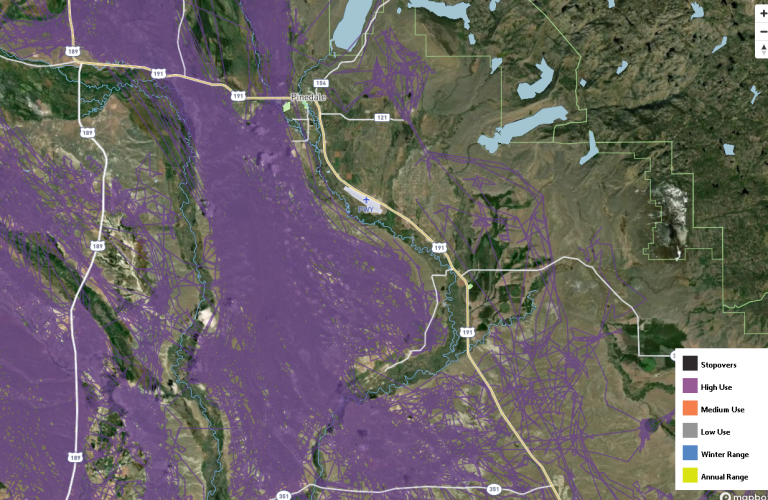D
Deleted member 28227
Guest
At least we can find them.
Or better yet, show me 3,000 abandoned solar projects and we'll call it apples to apples.
In this specific example the surface use of the solar project is pretty similar in size to the fully permitted OG project roads + pads + gathering etc.
700 acres of solar to ~ 1000 acres of OG ( I'm taking a WAG based on 227 miles of road at 20ft wide + a reasonable pad (essentially halfing the number of wells per pad they are claiming as that seems absurd to me) + add in some gathering lines.
Honestly it's a pretty fair comparison. To my knowledge the solar company doesn't not have to pay a upfront about for clean up and disposal.
As far as bankrupt solar... well remember Solyndra? I believe the Mildura Solar Concentrator Power Station was just left to rot... maybe it got cleaned up by now it's been 6 years.
The solar industry is in it's infancy, if you could go back in time wouldn't you want to head off the drilling of many of those orphaned wells. I think we are in that moment for solar.
I'm not anti-solar, or wind and I'm certainly not saying OG development is the answer. I'm trying to point out that both of those types of projects require massive surface disturbances, the seem to get a free pass from the public and regulatory agencies, and no one seems to be willing to look or think about what is going to happen 30 years down the road.
For reference we assume that it will cost between 20-50k to plug and remediate every well on our books. Obviously you don't want to have to do a ton at once so we try to plug them as soon as it makes economic sense.
In the end I don't want to end up with a bunch of trash our public lands.










